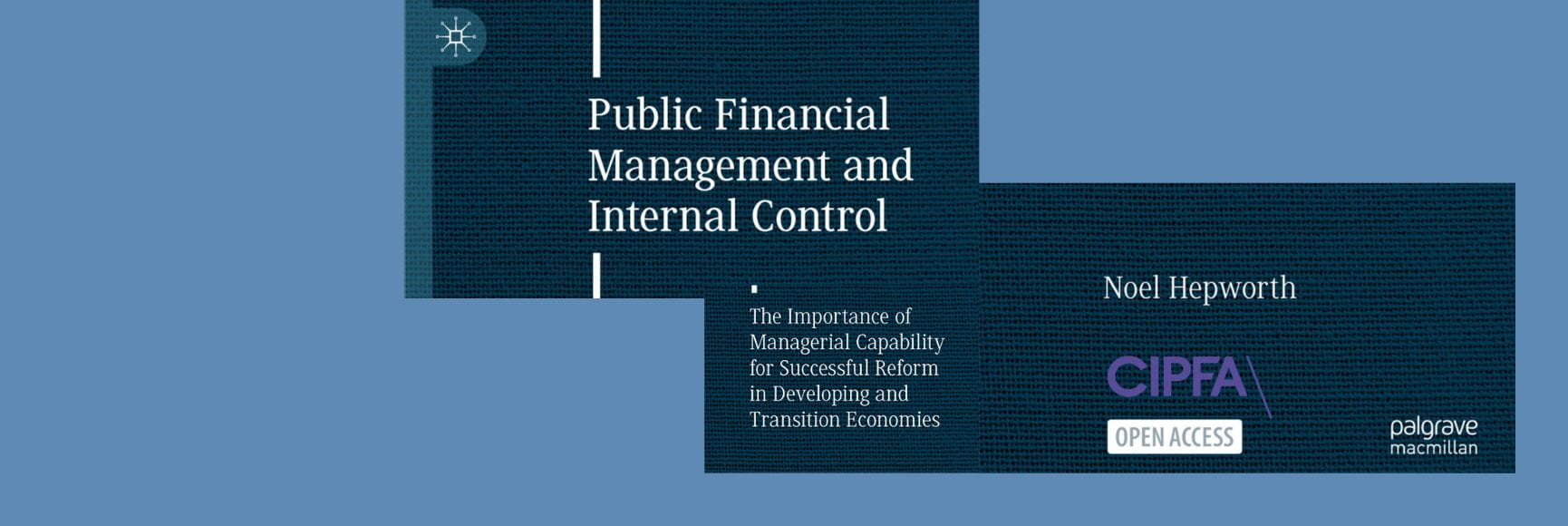Posted by Mark Silins
A review of country PEFA assessments in the Caribbean highlights poor performance in the important area of bank reconciliation. Most country assessments were awarded a “C” or lower rating for this criterion. In fact, through ongoing technical assistance it has emerged that some countries stopped doing proper reconciliations when their new accounting system was implemented, perhaps under the false belief that the system would do it for them.
The consequences of delayed bank reconciliations can be dire. Firstly, the reconciliation ensures that all receipts and payments are correctly recorded in both the bank and the ledger. Delayed reconciliation may result in inaccurate reports from the IFMIS. Departmental staff and the bank may be making systemic errors which will require significant work to correct. If caught early this workload would be significantly reduced. Finally, the bank reconciliation may reveal misuse of public funds or fraud. The earlier the reconciliation, the more likely the perpetrator will be caught.[1]
Work on bringing reconciliations up to date has revealed that many errors have been made in the accounts. Given this, it is surprising that some Director’s of Audit have not provided qualified opinions for the financial statements.
There are two major issues contributing to the delays in reconciliation. Firstly, the large number of bank accounts in countries increases reconciliation workloads. Many of these accounts are operating outside of the Treasury and the IFMIS, and are frequently not reconciled at all. Secondly, the dependency on cheques as the preferred payment method creates a large volume of work for reconciliation as each cheque must be individually checked off as banked.
Many countries are still performing the reconciliation manually. The reconciliation clerk checks off each entry on the bank statement to confirm that it is in the ledger. The reality is that most entries on the bank statement are in the ledger. The clerk spends a large percentage of time checking entries that are correct, rather than focusing on fixing discrepancies.
There are some simple steps countries can take to improve this process:
- Try to move to a single operating account for government. At a minimum seek the closure of extra accounts;
- Reduce the dependency on cheques. Target all cheque recipients to move to direct credit. Alternatively, some countries produce a single cheque for the bank each day, with a schedule of payment recipients. This also reduces the volume of cheques;
- Develop a simple automated bank reconciliation tool to match those records that are correct, thus allowing the clerk to focus on reviewing the data records which are in error.
Four ECCU countries, Antigua and Barbuda, Dominica, Grenada and St Vincent and the Grenadines recently developed an automated reconciliation tool with CARTAC support. The process is relatively simple. The first step is to obtain an electronic file of all deposits and withdrawals on the bank statement. Hopefully, the bank can provide this in a format which is usable. If not, the data may need to be reformatted before undertaking the matching process. Extract the cheque and other debit information from the general ledger. Place both the bank and ledger data in an access database that can compare the two sets of data and produce a report of matched records and one of unmatched records. Repeat the same process for the deposits and other credit entries. The total of unmatched records should be the difference between the cash balance in the bank and the ledger.[2]
Some common issues with the automated process:
- Inconsistent data entry on the bank statement – it will be necessary to meet with the banks and agree on the format for the data on the bank statement, for example, a single format for recording the cheque number;[3]
- In relation to deposits and ledger entries for revenues, find a common way of recording the revenues to allow the data to be matched– one option is to use the departmental code on the deposits which can be matched, along with the amount, to the ledger;
- Over design – remember that the purpose of this process is to reduce workloads through automation. The bulk of the benefits will be in matching the cheques as these represent the largest number of transactions. It is, therefore, not necessary to have the perfect piece of software for the less frequent transactions. It will probably be just as efficient to continue to match certain low volume transactions manually.
Once an automated reconciliation tool has been developed, it should be feasible to complete the reconciliation of at least the main accounts in under an hour each day, ensuring increased reliability of the accounts and improved internal controls.
[1] One country was able to determine that a bank was knowingly drawing cheques from the government account which related to a different account. The correct account did not have sufficient cash available.
[2] One country reduced workloads by an estimated 2.5 people when it implemented its automated reconciliation tool.
[3] The automated tool in one country was matching 80% of cheque records. This will increase to nearly 100% through proper data entry by the bank.
Note: The posts on the IMF PFM Blog should not be reported as representing the views of the IMF. The views expressed are those of the authors and do not necessarily represent those of the IMF or IMF policy.







